Ball And Socket Joint Machine
The brawl and socket joint is often used in engineering applications where restrained multi-axis motion between 2 components is required. The joint is also present in vertebrate animals equally well equally in humans. How it first came to be in the devices and machines of men has been lost in antiquity, simply it wouldn't be surprising to acquire that it is another example of biomimicry. Biomimicry is the field of endeavor where humans accept the designs of God plant in living things and beneficially apply the designs to diverse inventions, mechanisms, and processes.
Equally a mechanical engineer I have often been involved in the apply of the ball and socket joint in designs for machinery. For example in the log handling machine shown below, we used ball bushings in the hydraulic cylinder end connections to avoid rotational binding every bit the cylinders extended and retracted.
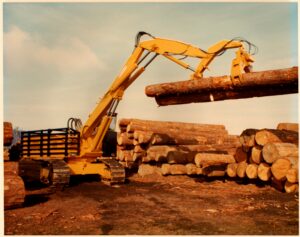 Hydraulic Log Loader
Hydraulic Log Loader

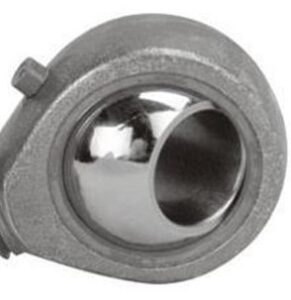 Typical Hydraulic Cylinder with Ball Bushings Shut-upwards of Ball Bushing in Cylinder End
Typical Hydraulic Cylinder with Ball Bushings Shut-upwards of Ball Bushing in Cylinder End
In the manufacturing of trailer hitches and trailers, nosotros found that ball blazon couplers were the best option for connecting the trailer to the tow vehicle. This connection allows maximum lubricated rotation as well as sufficient pitch motion between the two joint components.
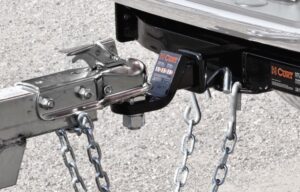 Trailer Hitch Setup
Trailer Hitch Setup
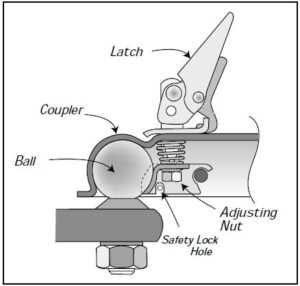 Detail of Trailer Towing Ball and Socket Connection
Detail of Trailer Towing Ball and Socket Connection
Anyone who owns an auto is likely to have been introduced to the complexities of the typical ball and socket steering linkage like that shown beneath.
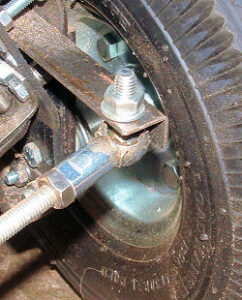
Automobile Steering Linkage with Ball & Socket
These types of devices, and hundreds more like them, are essential to the operation of many things used throughout numerous industries. Non everything tin be solid state, fifty-fifty in these days of high-tech electronics!
The first thought of most people when the use of the ball and socket joint in human bodies is considered would be the hip joint. In the image that follows are illustrations of several different types of mechanical joints plant in the human skeleton, including the ball and socket in the hip.
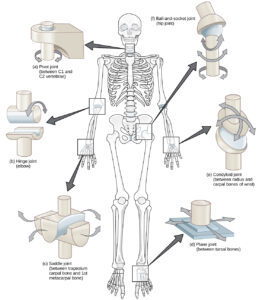
Types of Mechanical Joints in the Human Skeleton
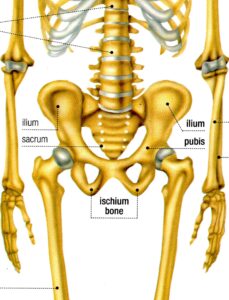 Bones Involved in Hip
Bones Involved in Hip
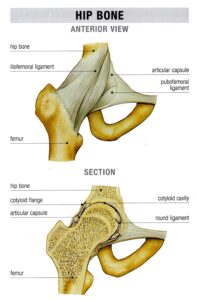
Shut-up of Hip Brawl & Socket Joint
God as well used the brawl and socket articulation in His design of the human shoulder. Without the incorporation of the ball and socket joint into the human skeleton our range of motion for our legs and arms would be severely restricted, to say the to the lowest degree!
Now I want to look at the occipital condyle. In reptiles, birds, and dinosaurs the occipital condyle joint betwixt head and body integrates the ball and socket design. But, the ball and socket is not used in mammals, modern amphibians, or humans. Notice that in the human skull there are ii kidney-shaped protuberances of the occipital bone that articulate with the facets of the atlas vertebra. While we humans practice accept the power to plow our heads and nod up and downwards, our motion is comparatively restricted by this design.
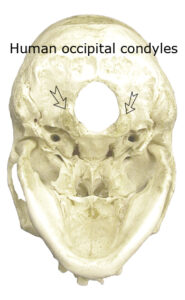
View from bottom of Human Skull
In birds at that place is a similar connection between the skull and the atlas os at the end of the backbone.
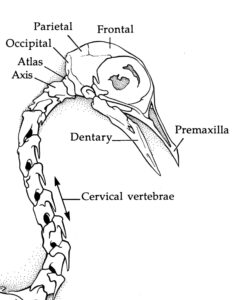
Bird Vertebrae and Skull
Just for near birds instead of two occipital condyles there is just one every bit seen in the two views that follow. This knob-like protuberance juts out from the occipital bone and is identified in both views.
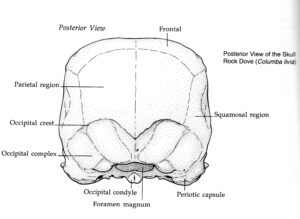 Height View of Bird Skull
Height View of Bird Skull
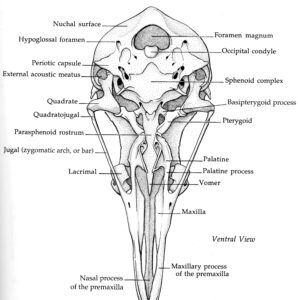 Bottom View of Bird Skull
Bottom View of Bird Skull
So far as I can determine, the unmarried occipital condyle design was used in the vast majority of dinosaur head to body connections. The occipital condyle ball tin be seen in views of the replicas of the Velociraptor, the Camarasaurus, and in Archaeopteryx.
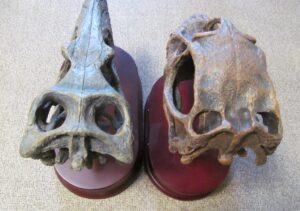 Velociraptor Full Scale & Camarasaurus 1/4 Scale
Velociraptor Full Scale & Camarasaurus 1/4 Scale
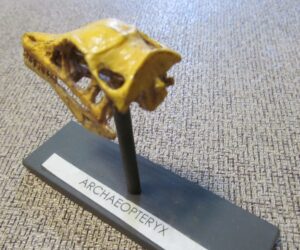 Archaeopteryx Full Scale
Archaeopteryx Full Scale
It is a fact that the skulls including the occipital condyles of the Velociraptor dinosaur and the Archaeopteryx are pretty much identical, except for size. Nevertheless, this fact has non proved sufficient to settle the controversy over whether Archaeopteryx is a bird, a dinosaur, or a mosaic.
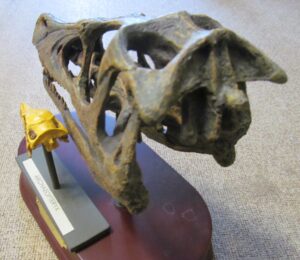
Archaeopteryx and Velociraptor Skulls are Very Like. Both Full Scale.
I call back the most interesting dinosaur occipital condyles are those attributed to the Horn-Faced kind. This is because these fossils are quite oftentimes establish in the sediments separated from the skull. The next ii images following are reminders of the Horn-Faced pattern and what a fossil occipital condyle looks like when however attached to the skull.
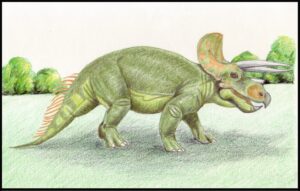
Horn-Faced Dinosaur Kind
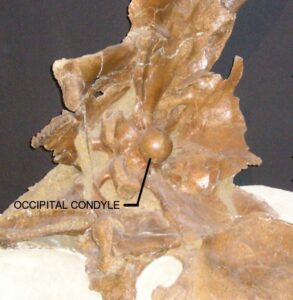
Showing Triceratops Occipital Condyle
I have seen several Horn-Faced dinosaur occipital condyles and take nerveless 1. The next five images are of some of these examples. As is oftentimes the case these examples show evidence of the forces that were in place during the Overflowing where these animals were disarticulated and severely thrown about.
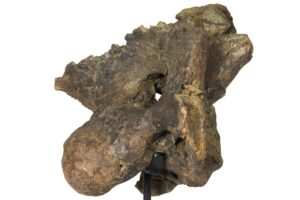
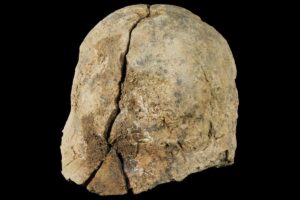
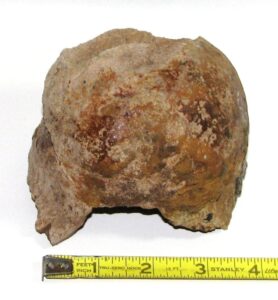
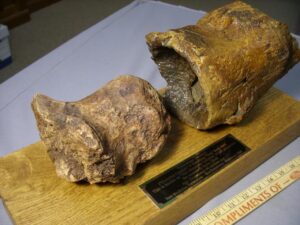
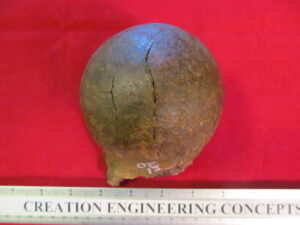
In these examples it can exist seen that in the brawl and socket connectedness there would have been quite a bit of skull movement immune for the massive skulls on these animals. The last sample to a higher place is iv" in diameter, totally permineralized, and extremely smooth-surfaced.
Once again, in this discussion of creation engineering we question the assumptions of evolution. Why would mammals and humans lose the single occipital condyle as they evolved onward and upwards? Doesn't it make more sense that each head-to-torso blueprint was engineered for the specific combinations of features needed in each animal kind, too as in the human? As an engineer this would make sense to me!
J.D. Mitchell
Ball And Socket Joint Machine,
Source: https://www.creationengineeringconcepts.org/the-ball-socket-joint/
Posted by: howarddiseve.blogspot.com





0 Response to "Ball And Socket Joint Machine"
Post a Comment